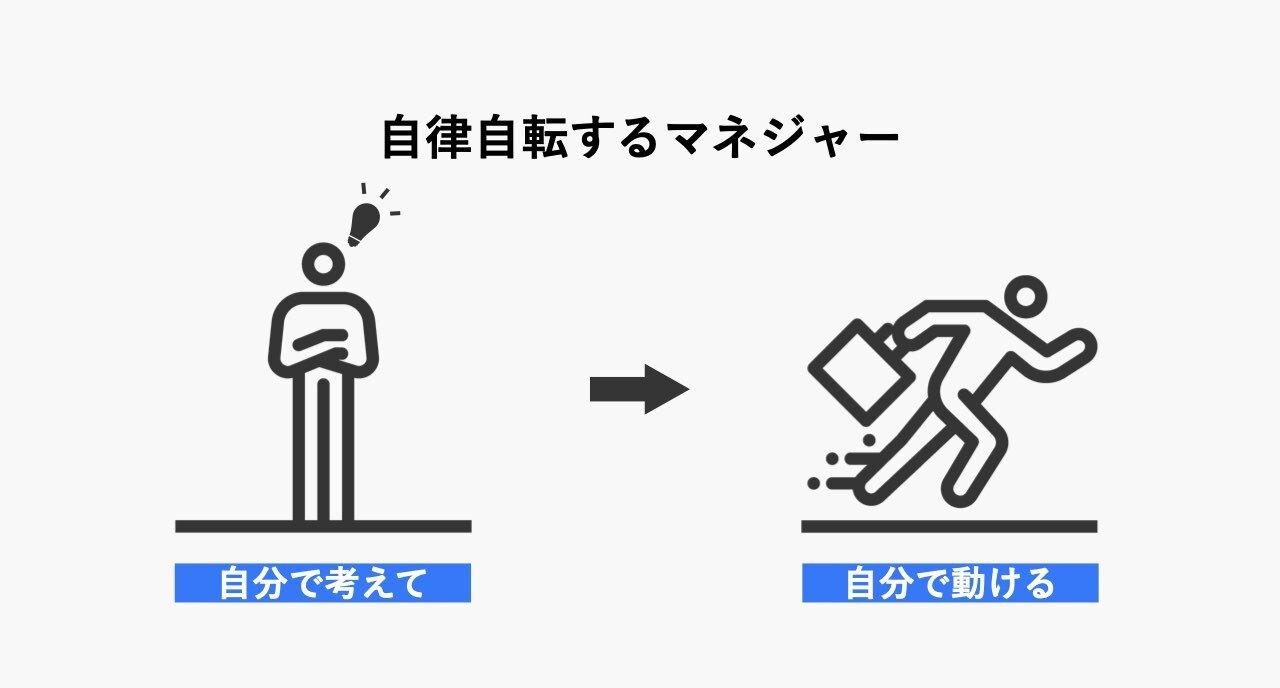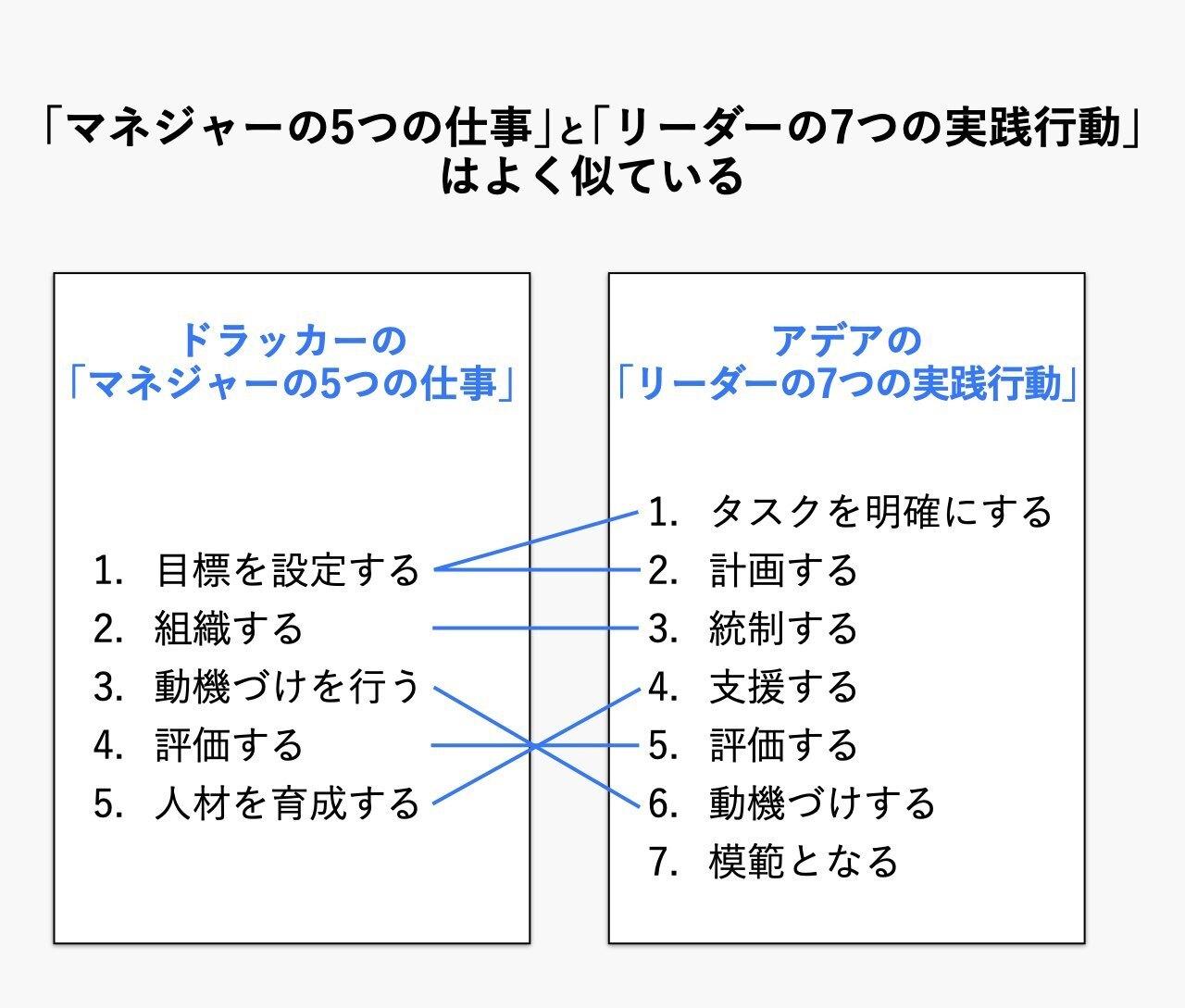Not only in Japan, there is a deep-rooted desire that one leader can change the world.
Whether in politics or business, a charismatic leader will emerge who will show us the direction in an easy-to-understand manner, and will rescue us from this situation—the so-called “leader long-awaited theory.” Breaking through blockages, especially in times of recession or when change is needed, requires a strong leader.
But can one leader really make a big difference?
who makes the movement
There is an interesting presentation at TED held in 2010. Derek Shivers’ “How to Start a Social Movement”. It’s a presentation that became a hot topic, so many of you may have seen it.
For those of you who don’t know, let me give you an overview.
Mr. Shivers will start the presentation while showing a video of about 3 minutes.
Crowds of people are sitting on the slopes of the grass. Suddenly, a shirtless man starts dancing strangely. At first he is alone, but after a while another man joins in and starts dancing. One person who was watching it joined the dance circle, and now there are three people.
After a while, a group of people joined together. With this as a trigger, people will join the dance. We’ve crossed the so-called tipping point.
Joining the dance is no longer strange. As the number of participants increases, it becomes embarrassing not to participate in the dance, and the number of participants continues to increase. The video is only about three minutes long, but the essence of how the movement spreads is condensed here.
As the video ends, Shivers says:
“This movement started because one shirtless guy started doing weird dances. It’s true.
However, one person is not a leader in the first place. This opportunity became a big movement because there were 2nd and 3rd followers. It’s the second and third followers that turn one weirdo into a leader. Without them there would have been no movement.
However, only the leader is always evaluated. Leaders are overrated.”
This is not limited to social movements. There are examples that show the importance of No. 2 in business as well. Soichiro Honda, who was the founder and engineer of Honda, and Takeo Fujisawa, who supported it from the management side, are a very famous combination. The same goes for Sony founders Masaru Ibuka and Akio Morita.
In the world of business, No.2 and No.3 are people called “managers.”. In creating a strong organization, perhaps even more important than the leader, are the “second and third followers.”
So today, we’re going to talk about what makes a “second- and third-follower” manager, and how you can become one.
How is it different from leadership?
There are many people in the world who are called “managers”. According to the Ministry of Health, Labor and Welfare’s Basic Survey on Employment Structure, it is estimated that there are 200,000 to 300,000 managers in companies with 100 or more employees. Similarly, the Basic Survey on Wage Structure estimates that the number is 3 million, which is 10 times that figure. It’s a pretty big gap, but there are definitely a lot of managers out there anyway.
With so many managers, I don’t hear many young people saying they want to be managers. It’s just my personal opinion, but the word “leader” sounds better than the word manager, and it’s easy to attract attention as a hero/heroine, so I think it’s easy to become an object of admiration.
Now for the question. In the first place, “leadership” necessary for leaders and “management skills” necessary for managers. can you explain the difference between the two? Before we get to the point, let’s get this point out of the way.
‘Leadership’ has existed since ancient Greece
The term “leadership” dates back to ancient Greece. Until modern times, it was the established theory that leadership was an innate ability that people were born with.
In the late 1960s and 1970s, however, scholar John Adair overturned the conventional wisdom.Leadership can be acquired by everyone through training and experienceHe argued that he presented “Seven Practical Actions for Leaders”.
“Management” by Drucker
On the other hand, “management” is said to be a concept created by Peter Drucker, who is well known in Japan as a master of business administration. In his books Modern Management (published 1954) and Management (published 1973), Drucker referred to management as “The tools, functions, and institutions that make an organization successful”, and presented the “five jobs of a manager” responsible for management.
Comparing Drucker’s “Five Jobs for Managers” with Adair’s “Seven Practical Behaviors for Leaders” reveals many similarities (see chart below).
This is what it means. Until the middle of the 20th century, there was only the concept of leadership, and leadership was thought to be “innate.” However, in the latter half of the 20th century, Drucker created the concept of “management,” and Adair overturned conventional wisdom by saying, “Leadership can be acquired after birth.”
This is why there are so many similarities between management and leadership.In business, it’s pretty much the same thing..
Why managers are underrated
Next, let’s also compare “leaders” and “managers,” people who specifically implement leadership and management.
A leader is often used to mean a person who demonstrates leadership. The word “leader” has a positive image because of the image of drawing a vision and guiding people.
But what about one manager? Management is translated as “Management” and “Management”, but in many cases Manager is translated as “Management position”. Perhaps because of this, many people have an image of managers as “managers,” those who manage the actions of their members without acting themselves.
in this way,Although “management” and “leadership” are defined as similar actions, the images that are recalled by “managers” and “leaders” who carry them out are different..
Managers, who should be valued as leaders, are undervalued as “managers only”, which is probably one of the reasons why managers are less popular.
Don’t be a manager based on seniority or performance
I wrote that “managers are underrated”, but if you look around the world, it’s true that there are many “bad managers” who deserve to be underrated.
What is the cause of mass production of “bad managers”? In some cases, the cause lies with the individual, but in many cases, the cause lies with the company (manager). A typical pattern is:
- Appoint someone with a lot of experience as a manager
- Make high performers managers
Many Japanese companies have been making managers based on seniority and performance. So far this may have worked, butBy making such people managers, in recent years there has been a crack in the organization..
Why is this method no longer working? Because the speed of change is getting faster and faster.
In an era when there was little change, I could get results even if I did the same job last year, this year, next year, and the year after that. Moreover, since it is the same job, there is a high possibility that the skills will be mastered by the experience time. In addition, the fact that the same job will continue in the future means that people with good past performance are more likely to continue to improve their performance in the future.
However, in this age of rapid change, the number of industries and companies that can do the same thing as last year and achieve better results than last year is steadily decreasing. No, it probably doesn’t exist.
How many people around you have become managers based on seniority or past performance?If most are true, the company’s future is bleak..
What is the image of a cool manager in the future?
So, what kind of people do the cool companies of today choose as managers?
that is,People who have a high possibility of being active from now on, in other words, people who can anticipate and play an active role even if changes are drastic.. Such a person is appointed as a manager and is in charge of the organization, and is entrusted with management so that the members of that team can play an active role.
The keyword that expresses this image of a manager is “autonomous rotation.” It is a person who anticipates changes and “thinks by himself” and “acts by himself”.If there is a manager who can create such a self-sustaining on-site organization in the No.2 or No.3 position, the organization will be activated.. It’s exactly the person who is the second and third follower of the video Mr. Shivers introduced.

Now recall the video by Derek Shivers that I introduced at the beginning of this article.
In that video, the man who first started doing a strange dance is an entrepreneur who can create “0 → 1”. And then the second and third people are self-sustaining managers who give shape to the ideas of the entrepreneurs.
By the way, the opposite of “autonomous rotation” is “waiting for instructions”.

“Waiting for instructions” doesn’t have a good image, but they have a point. With such a big change, I really don’t know what to do. The instructions of superiors and seniors are not in line with the current changes, so even if they do as they are told, they will not produce results. If you don’t get results, you’ll be told to “listen and then do it.” As a result, it will be waiting for instructions.
As the changes get bigger, more and more members are waiting for instructions like this. Nothing will change if you simply tell them to “think and act for themselves.” There is a need for a manager who can transform such members into “self-rotating” people.
5 points to become a self-sustaining manager
So, what should I do to become a cool manager that many managers want, who can create an “autonomous organization”? There are 5 required skills.
- Skills that motivate people (PE: People Empowerment)
- Skills to advance work (PM: Project Management)
- Role model skills (character)
- Ability to keep learning to read the tide
- Art/Science/Craft
Of the five above, skills 1 to 3 are skills that have been required since the era of Drucker and Adair, and skills 4 and 5 are new skills that have become necessary in times of rapid change.
PE×PM
The first two, motivating skills and work-promoting skills, are the foundational skills of management. These two are explained in detail in this series, so please refer to them.
character
The third skill is the 7th role model skill that appears in Adair’s 7 Practical Behaviors for Leaders. I read this as “quality”.
In the past, there was a time when people who produced results regardless of means were valued. But times have changed. No matter how much you produce results, the chances of someone without “character” being selected as a manager are getting smaller and smaller. People all over the world are now looking for decency.
Some people may think, “Our company is a domestic market, so the world doesn’t matter”, but I can’t say that. For example, if your company is a manufacturer, the manufacturer has subcontractors. If a foreign subcontractor employs child labor, your company is unwittingly taking part in the exploitation.
In the past, you could just say, “That’s a subcontractor’s problem. Our contract says we won’t do that, and we’re in compliance with the law.” But not now. As the ordering party, your company is also responsible for correcting exploitation.
Younger people tend to dislike companies and people who think that they can do whatever they want as long as they make money. in short,Companies and people without “character” will be gradually weeded out in the futureabout it.
I always say, “Knowledge is based on stipend, and dignity is based on rank.” Those who made achievements are rewarded with a stipend (that is, salary), and those who have character are given a rank (that is, the position of manager). We consider achievements/results and promotions/promotions separately, and do not appoint a person who lacks character as a manager. Otherwise, the organization could collapse in no time.
Ability to keep learning to read the tide
The fourth skill, “the ability to keep learning to read the tide,” is a skill that has become necessary since we entered an era of rapid change.
The world is constantly changing. The place and timing when the direction of the flow changes is called “tidal wave”.
In the past, it was rare for us to meet the timing of a turning tide in our lifetime. However, we are currently witnessing various changes in the tide.
For example, society’s attitude toward minorities has clearly changed since a few years ago. In particular, the #MeToo movement in 2017 was a major catalyst for sexual harassment, and the need to understand LGBTQ people has increased rapidly since then.
In the midst of this, at the beginning of 2021, during the preparations for the Olympic and Paralympic Games, which had been postponed for a year, many people stepped down from important positions due to their remarks and behavior that disrespected women and races. . In the sports world, there are more and more cases of coaches being forced out of their jobs because of harassment, a trend that continues today.
They lost their jobs because they neglected to keep learning, didn’t realize the tide had changed, and made careless remarks in the mindset of a few years ago.
The ability to learn changes in the tide is necessary not only for defense but also for business expansion. For example, the shift from ownership to use is an easy-to-understand trend. Instead of purchasing goods and services, pay-as-you-go services are becoming more and more mainstream.
These tide changes are becoming bigger and more frequent each year. If you misread the tide, you will not be able to expand your business, and you may lose your job or endanger the survival of your company.
Art/Science/Craft
Finally, the fifth is “Art Science Craft” advocated by Professor Henry Mintzberg, a Canadian management scholar. Art is sensitivity, Science is logic and numbers, and Craft is experience.
These three perspectives are becoming more important in interpreting things from multiple perspectives and making more effective decisions. The larger the organization you manage, the more essential skills Art, Science and Craft become.
However, not many people have all three perspectives at the same time. In such a case, you should bring in people who have perspectives that you do not have.
For example, in the 29 years I worked at Recruit, I was transferred 13 times (which was a huge learning experience). Then the craft (experience) will inevitably run out. Experience in the business or organization is overwhelmingly lacking. Therefore, we asked team members who had a lot of experience to help us make decisions.
By the way, if there are three different people who have different perspectives on art, science, and craft, do you know whose opinion you should listen to?
The answer is the opinion of an art (sensitivity) person. This is because people with science can explain their opinions logically, and people with crafts can explain based on their own experiences, but people with art (sensitivity) cannot. Only by properly listening to the opinions of art people will the three gears mesh well.
Managers who can create an “autonomous organization” are still rare. If you can become such a manager, chances will come one after another.Opportunities for promotion and advancement will increase, and side jobs and independence are also possible.. It’s a time of opportunity for cool managers.
Please be aware of the 5 skills introduced this time and aim to become a self-reliant manager.
*This article first appeared on June 10, 2022.
Ryuichiro Nakao: President of Nakao Management Institute. Completed Graduate School of Engineering, Osaka University in 1989. Joined Recruit. After serving as executive officer (in charge of business development) of Recruit Sumai Company, president of Recruit Technologies, and deputy director of Recruit Works Research Institute, he assumed his current position in 2019. He is an outside director of Tabikobo Co., Ltd., an outside director of LIFULL Co., Ltd., a part-time auditor of LiNKX Co., Ltd., Hakuhodo Technologies Co., Ltd. He is also a fellow and an investment committee member of TEPCO Frontier Partners. His new books include “Explosive growth management that nurtured 1000 elites” and “World’s simplest problem solving”.
(Serialized logo design by Mio Hoshino, editing by Ayuko Tokiwa)
Source: BusinessInsider
Emma Warren is a well-known author and market analyst who writes for 24 news breaker. She is an expert in her field and her articles provide readers with insightful and informative analysis on the latest market trends and developments. With a keen understanding of the economy and a talent for explaining complex issues in an easy-to-understand manner, Emma’s writing is a must-read for anyone interested in staying up-to-date on the latest market news.



